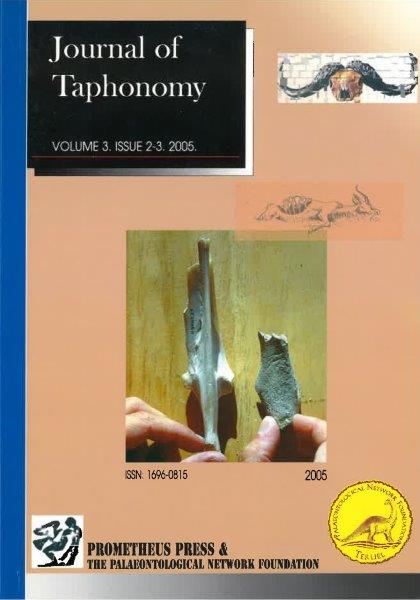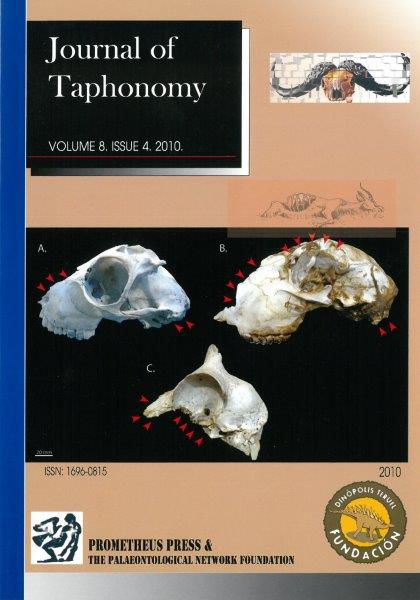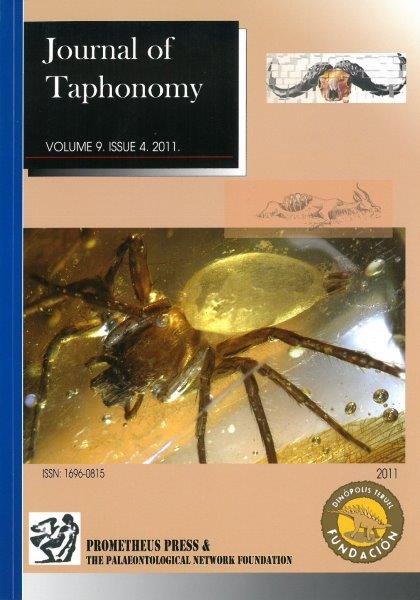Hyaenas are important consumers of meat and accumulators of bone. A number of taphonomic studies have focused on modern and fossil assemblages accumulated by hyaenas with a view to developing greater understanding of palaeontological and archaeological assemblages. This research has revealed important variability in the characteristics of bone accumulations, not only through different methods of study, but also because of field context, intrinsic factors, such as occupation time and age profiles, and extrinsic factors, such as climatic conditions, prey species structure, competition. In order to characterize hyaenas as taphonomic agents, we present a diachronic comparison of the consumption of long bones of medium-to-large ungulates (size categories III to V) by cave hyaenas Crocuta crocuta spelaea based on Middle to Upper Pleistocene assemblages from Lunel-Viel 1 (Marine Isotopic Stage 9-11; NISP=2149), Artenac c10 (MIS 5c; NIPS=136), Peyre (MIS 5e; NISP=330), Fouvent (MIS 3; NISP=194) and Conives (MIS 3; NISP=523). Fragmentation of appendicular elements highlights two features; depending on the element, bones with significant amounts of meat and marrow (humerus, radius, femur, tibia) are widely represented by long shaft fragments with chewing damage, while metapodials, which are consumed to a lesser degree are often complete or have large portions of their shafts intact with often an end affected by scooping out on the caudal side. Comparison of bone accumulations from modern hyaena dens (Djibouti) and bone consumed by other Holocene and Pleistocene predators, Ursus arctos (Mont Ventoux) and Panthera onca gombaszoegensis (Artenac Ens. I and II), highlights the particular taphonomic signature and significant impact of Cave hyaenas on medium-to-large size prey.



![VOLUME 7. NUMBERS 2-3. 2009 [TAPHOS'08]](https://journaltaphonomy.com/wp-content/uploads/2019/10/2009_7-2-3.jpg)


![VOLUME 10. NUMBER 3-4. 2012 [SPECIAL ISSUE. Edited by Jordi Rosell, Enrique Baquedano, Ruth Blasco, Edgard Camarós]](https://journaltaphonomy.com/wp-content/uploads/2019/10/2012_10-3-4.jpg)
